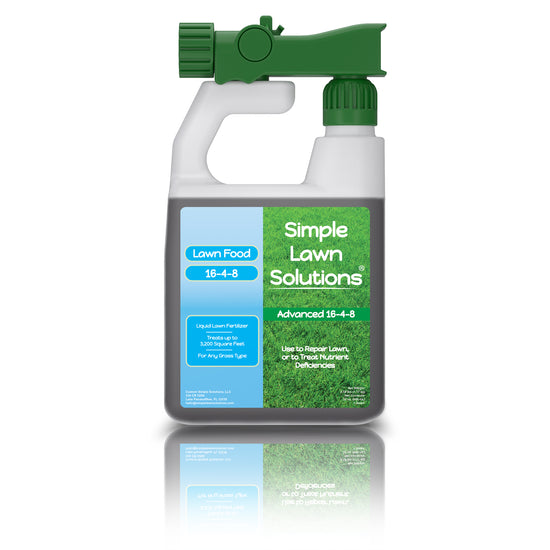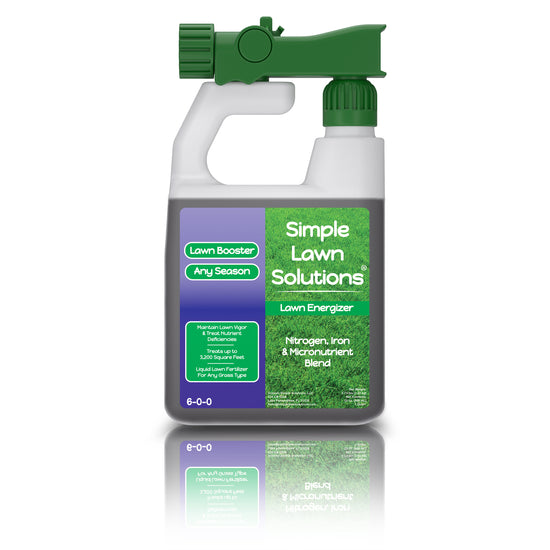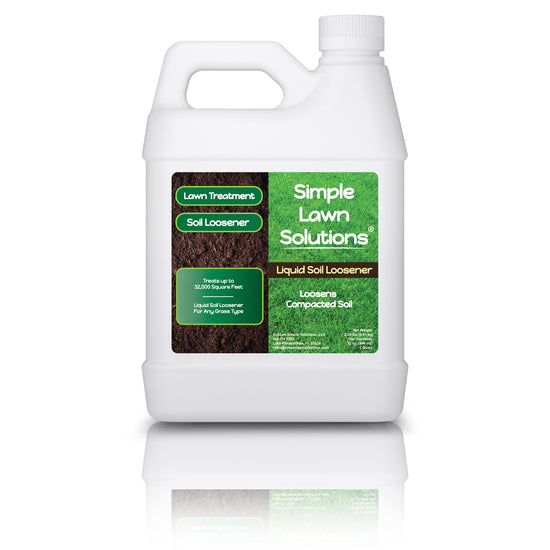Fake spring, or false spring, in the Midwest is a short-lived period that consists of warm weather in late winter or early spring, followed by a return to cold temperatures or snow. It tricks plants, trees, and people into feeling that spring has arrived, only for the return of freezing temperatures. A false spring happens almost every year in the Midwest, typically between late February and early April. The severity and frequency of these drastic temperature changes vary depending on climate patterns, jet stream shifts, and global weather events like El Niño or La Niña. Some years see two or more warming periods, tricking people and plants into thinking winter is over.
A typical fake spring happens mid to late February, with a few warm days (50-70°F), before a cold snap returns. Sometimes a second fake spring can occur between March to early April with warmth (60-80°F), followed by another freeze. El Niño can bring warmer winter temperatures, leading to earlier false springs, while La Niña tends to have harsher, more prolonged winters, delaying spring.
Why Does False Spring Occur?
False spring can be caused by fluctuating jet streams and atmospheric pressure systems that temporarily bring warmer southern air into a region. The polar jet stream temporarily moves north, allowing warm air from the south to flow in, and high-pressure systems can trap warm air in place for a few days. While air temperatures rise, soil temperatures remain cold, keeping plants dormant. A high-pressure system can settle over the Midwest, blocking cold fronts and allowing warm, sunny conditions for several days.
These systems eventually break down, letting cold air return. Fake spring can trick plants into blooming too early. For example, in March 2012, the Midwest saw record-breaking 80°F temperatures, with winter-like conditions returning in April.

How Fake Spring Affects the Midwest
Trees, flowers, and turfgrass may start growing prematurely due to a false spring, followed by a late freeze that kills new buds, flowers, and turfgrass growth. Warm air doesn’t mean warm soil; grass seeds and plants may not establish properly. Pollinators, such as bees and butterflies, may emerge and active too soon and find no flowers to feed. Animals may also change behavior prematurely, with some species even emerging from hibernation early, only to struggle when cold temperatures return.
Cool-season grasses, Kentucky bluegrass, fescues, and ryegrass, may start growing but can suffer from freeze stress if winter temperatures return. Warm-season grasses, Bermuda and Zoysia stay dormant, but a warm spell followed by a colder temperature can delay green-up. Fertilizing too early can be harmful, and grass needs consistent soil temperatures above 50°F before applying nitrogen. Wait until soil temperatures are consistently warm before seeding, fertilizing, or planting.

A stratospheric warming event can temporarily disrupt standard weather patterns, pushing cold air away from the Midwest. This leads to a brief warm period, but when the pattern resets, cold air returns, causing a late frost or snowstorm. Fake spring is unpredictable because temperatures can change by 40-50°F in a day, and weather models struggle to predict when cold air will return. Warm days, 50s-60s°F, may move in temporarily as early as February- or closer to 60s-70s°F in March- and can be followed by a late-season snowstorm or frost.
How to Handle Fake Spring in the Midwest
Fake Springs can trick you into starting lawn care or planting too early, only for cold weather and frost to return. It’s important to wait for consistent warm soil temperatures instead of trusting warm air temperatures. To avoid plant damage, wasted effort, and setbacks, follow these key lawn, garden, and personal planning strategies during Midwest false-spring. Until frost risk is gone, it’s best to wait to plant tender flowers & vegetables and cover plants if freezing temperatures return after warm weather. Avoid pruning early, as new growth can get damaged by late freezes. Don't fertilize too early—it may encourage new growth that gets damaged by frost. Monitor soil temperatures, 50°F+ for seeding & fertilizing, and hold off on aeration or dethatching until consistent spring temperatures arrive.
Use a 2-4 inches deep soil thermometer to guide decisions for applying pre-emergent weed control between 45-50°F. Cool-season grasses can grow and be fertilized when soil temps are 50-55° at the specified depth. Once temperatures reach 55-65°F, seeding or aeration can take place for the best chances of germination and growth. Application of nitrogen fertilizer before soil temperatures rise can lead to weak, frost-damaged growth and less aggressive plant vigor deep into spring. If grass starts growing early, avoid cutting it too short, as this can also expose turfgrass to frost damage. The first mow of the spring should be no lower than 3 inches and only when the grass is actively growing.

Watchful Eye On Forecast
Following the 10 to 14-day forecasts and obtaining soil temperature readings can help adjust planned tasks typically performed on lawns. Look for potential late freezes before committing to spring activities. Be patient with gardening and landscaping because spring in the Midwest is unpredictable!
Final Verdict
Warm weather in February or March doesn’t mean spring is here. Late freezes can damage plants, trees, and turfgrass if they start growing too early. Wait for consistent soil temperatures and watch forecasts before committing to spring lawn care!










